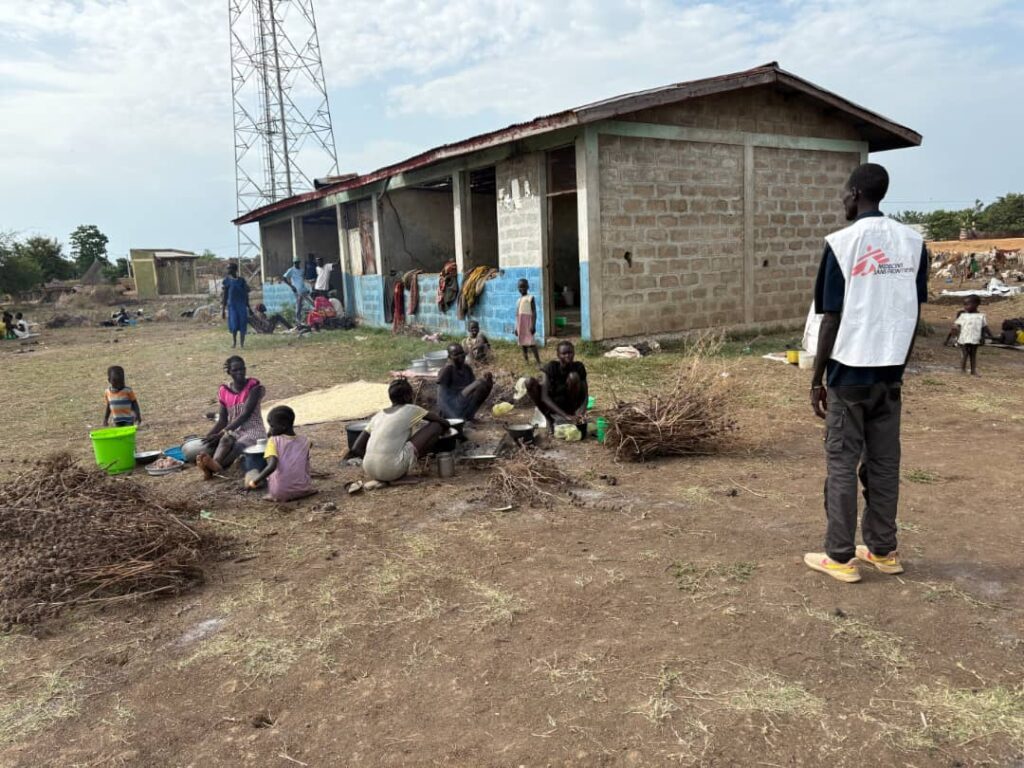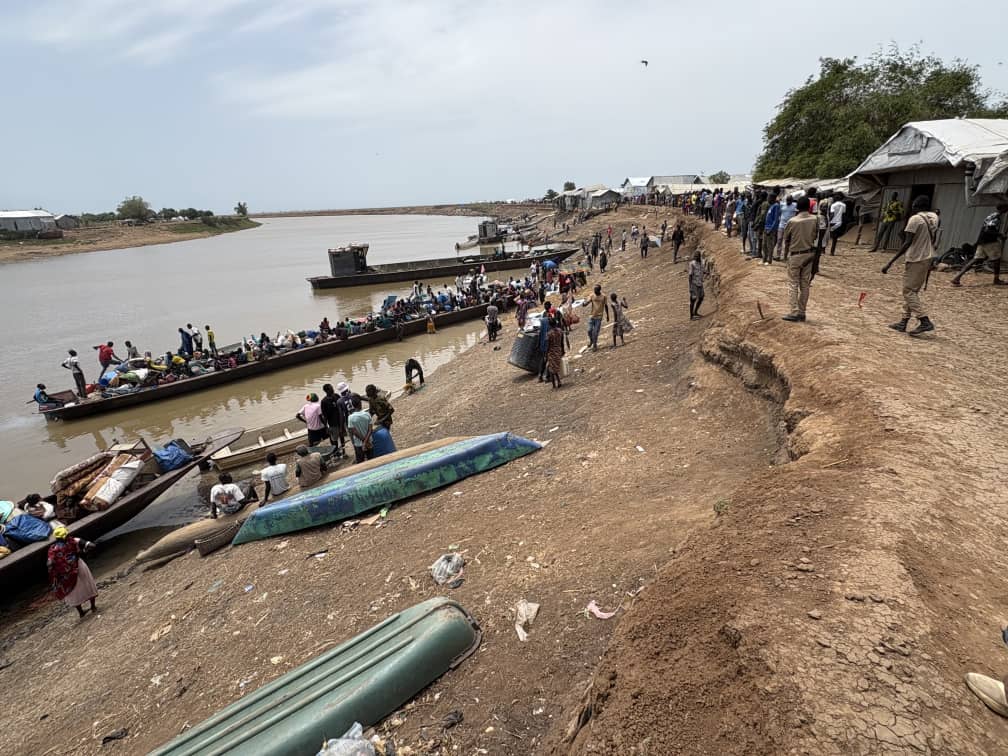By Bunmi Yekini

When the gunfire erupted again in Burbeiye, a small border town straddling South Sudan and Ethiopia, the night was pierced by chaos. People who had already fled war once, escaping from towns like Nasir and Ulang in South Sudan’s Upper Nile state, found themselves running again. Mothers clutched their children. The elderly limped. Some ran barefoot into the unknown.
Among them was Nyayul.
“When the bombs started falling, everyone ran,” she said, her voice tight with grief. “I lost my children in the chaos, I only have two with me now. The others, I don’t know where they are.”
This is not the first time Nyayul has fled. Like thousands of South Sudanese civilians, she had already sought refuge in Burbeiye after escaping the brutal violence in her hometown. But the town that once offered a fragile sense of safety quickly became another battleground. On 12 May, an exchange of fire between South Sudanese government forces and an opposition group sent bullets flying across the border. Médecins Sans Frontières (MSF) treated nine people with gunshot wounds that day alone, bringing the total number of injured patients seen in their Burbeiye clinic to 217 since February.
“Burbeiye has become critically dangerous,” said Joshua Eckley, MSF Head of Mission for Ethiopia. “With thousands of refugees fleeing in one night alone, it was clear we had to follow the people and the needs.”
MSF has now relocated its medical operations to Mattar, a remote town deeper inside Ethiopia’s Gambella region. This decision came as tens of thousands of South Sudanese refugees surged into Mattar in search of safety. Today, between 35,000 and 85,000 people are estimated to be sheltering in the area, many in overcrowded and makeshift shelters pieced together from tarpaulin, branches, and hope.
Refugees like Nyayul speak of an unimaginable journey.
“We moved through villages with no clinics, no medicine, not even water,” she recalled. “I crossed the river, fled to Burbeiye, and then walked to Mattar. This is not life — this is survival.”

Yet even survival is not guaranteed.
The Gambella region is now facing what MSF calls a dual emergency. A cholera outbreak is spreading rapidly in Wanthoa Woreda, while the sheer number of new arrivals is stretching the fragile infrastructure beyond its limits. Since April, MSF has treated over 1,200 cholera patients and provided 3,000 outpatient consultations—before even reaching Mattar.

In Mattar itself, the humanitarian picture is growing bleaker by the day. Over 40% of malaria tests are coming back positive. Nearly 7% of children under five are acutely malnourished. Among pregnant and lactating women, the situation is even more alarming, with acute malnutrition rates soaring above 14%. And the risk of more waterborne disease looms large.
To respond, MSF is setting up emergency services in Mattar, including mental health support, nutritional screenings, and care for survivors of sexual and gender-based violence.
Still, aid workers are sounding the alarm.
“We need immediate action from donors, the UN, and NGO partners,” said Eckley. “Healthcare and other essential services are urgently needed, and these communities cannot be left waiting. They’re not just escaping violence; they’re fleeing the complete breakdown of every system that was supposed to protect them.”
MSF has called on all warring parties to ensure a safe humanitarian space and for donors to dramatically scale up support. Without it, a looming public health catastrophe could become a reality.
For now, people like Nyayul are doing what they can: surviving.
“I just want to find my children,” she whispered, looking out over the sea of tents and tarpaulins. “And I want the bombs to stop.”
